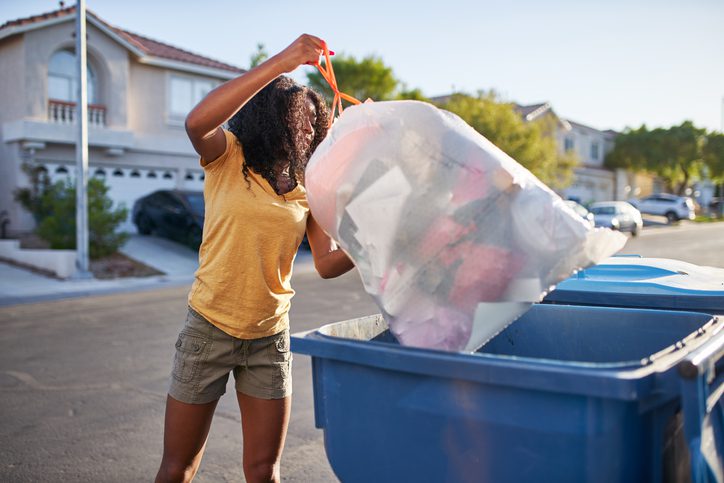
Women of Waste (WOW): IMPACT OUR ENVIRONMENT

It’s garbage day. As I rushed to the curb I could see the garbage truck a couple of blocks away. You can always count on them coming early when you were too lazy to put it out the night before. Well I made it just in time.
For a moment I wondered; of all the industries women have integrated over the years, the waste management industry wasn’t one of them. After all with new technology, we have touchless garbage pickup in many communities. After doing a little dive into the industry, I learned that women only represent about 17% of the industry. In 2022 women represented approximately 58.5% of the labor force. Is this by choice?
Waste management has traditionally been a male dominated industry. But then so have other industries. Is there a stigma attached to the handling of waste? What once was a garbage transportation industry has evolved to become a waste management industry with the greening of America. The top ten waste and recycling companies generate over $43 billion in revenue a year. We’re now looking for ways to reduce our environmental footprint. The climate change initiative is an effort that requires everyone to find ways to reduce waste.
Technology is driving the industry. The development of artificial intelligence and robotics enables the precision and efficiencies of waste processing, The industry is becoming data driven with the implementation of blockchain technology. Blockchain technology is a digitized, secure and tamperproof platform with the capability of recording and verifying high volumes of digital transactions. Now more than ever is a great time to join the industry. The presidents 2023 budget invests $44.9 billion to tackle the climate crisis; more than $16.7 billion more than 2021. As the risk of climate change impact becomes more apparent, the government has increased its spending.
Women tend to be more passionate about environmental issues because they are usually the day to day household caregivers. This passion can fuel the waste management industry to explore and implement new processes and technology. The zero waste hierarchy includes prevention, reduction, recycle, recovery and disposal. Household waste represents 50% of the landfill intake each year with food waste representing 22% and durable goods a close second at 19.5%. Per capita waste generation varies from state to state with Michigan and Connecticut representing the highest and lowest respectively at 66 and 8.7 tons per capita. Opportunities are abound within and without the traditional waste management industry for a variety of skillsets. So whether it’s industrial or residential waste, composting, packaging, emissions control, recycling, engineering or technology, there are opportunities to explore that can be both fulfilling and rewarding.


Add a comment